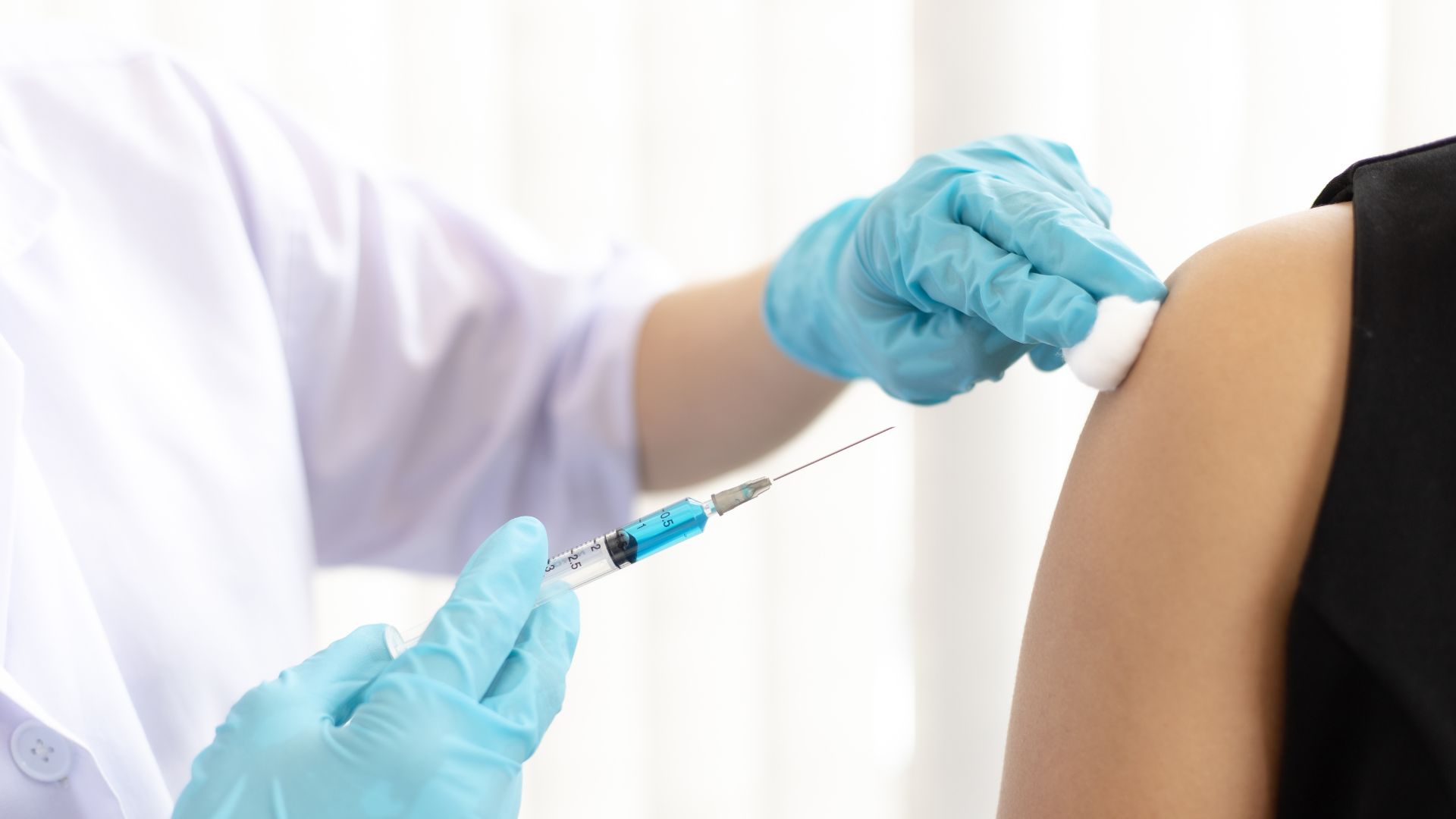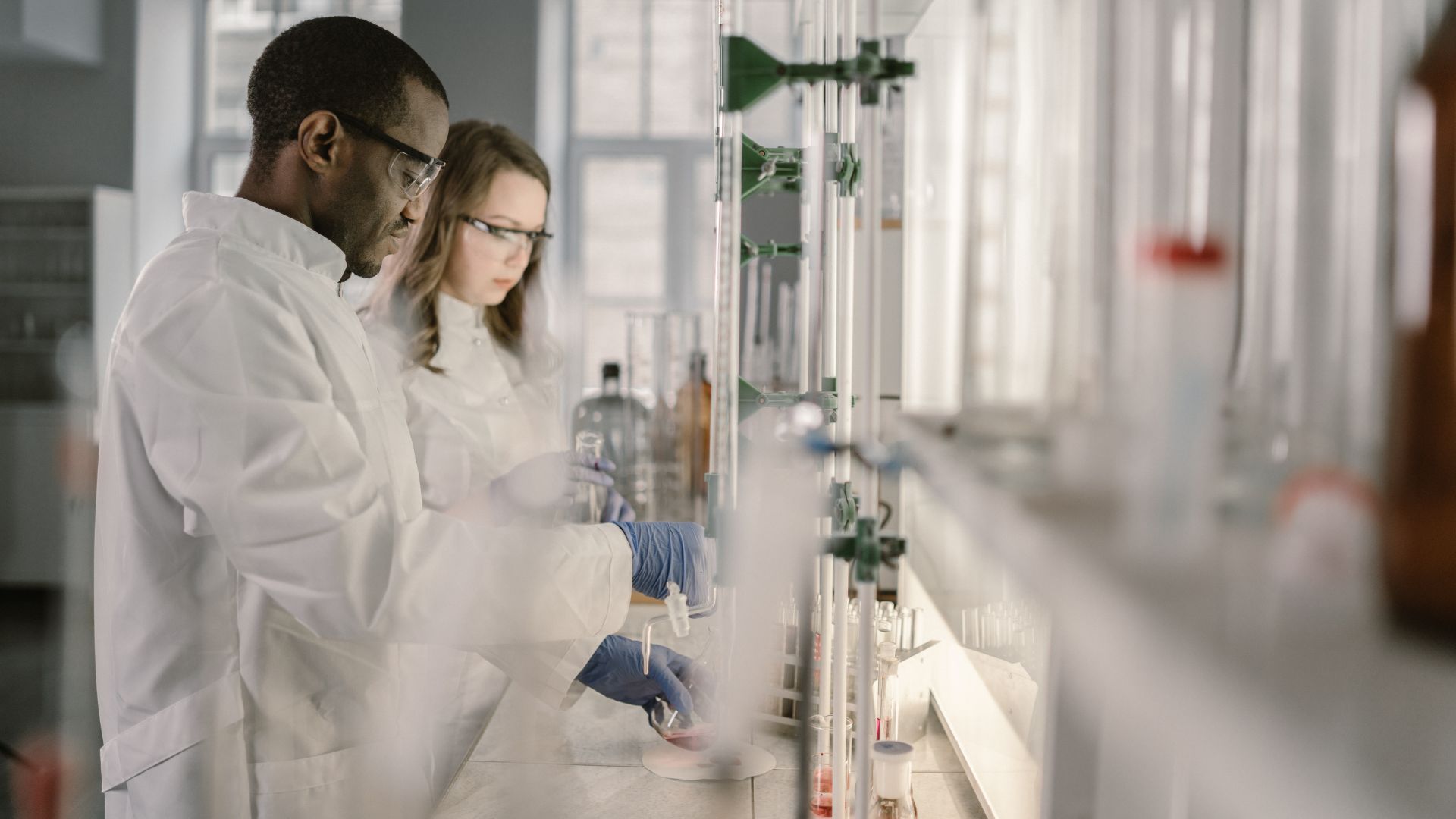
Where Did Mel Gibson’s Father Go for Stem Cell Therapy? (And Why Patients Are Now Choosing Mexico)
If you’re wondering, “Where did Mel Gibson’s father go for stem cell therapy?”, the answer starts in Panama—but the story doesn’t end there. In the early 2010s, Mel Gibson revealed that his father underwent stem cell therapy at a renowned clinic in Panama. At the time, Panama was among the few international destinations offering cutting-edge regenerative therapies outside of strict U.S. regulations. His father, then in his 90s, reportedly experienced a significant health turnaround, which sparked global interest in stem cell therapy.
But much has changed since then.
Today, patients are looking beyond Panama. The question has evolved from “Where did Mel Gibson’s father go for stem cell therapy?” to “Where is the best place for stem cell therapy now?” And the answer for more and more patients is clear: Regenamex in Mexico.
About Regenamex & Our Approach
Regenamex, with clinic locations in Puerto Vallarta and Tijuana, stands as one of Mexico’s premier COFEPRIS-licensed stem cell therapy providers. We specialize in delivering advanced regenerative medicine using mesenchymal stem cells (MSCs) sourced solely from Wharton’s jelly and placental tissue, known for their superior potency, ethical sourcing, and unmatched safety profile.
Our mission is to make regenerative medicine safe, affordable, and effective. Every protocol is:
Tailored to the patient’s condition
Designed using the highest-potency MSCs available
Delivered with transparency, compassion, and world-class care
We do not use adipose (fat) or bone marrow stem cells. Our perinatal-derived MSCs are:
Rich in growth factors
Ethically sourced and non-invasive
Highly viable and immunoprivileged
Unlike Panama clinics that often maintain outdated pricing models and one-size-fits-all packages, Regenamex is built around modern science and patient-first care.

Why Mesenchymal Stem Cells from Wharton’s Jelly?
Wharton’s jelly MSCs are considered the gold standard in regenerative medicine because they come from a rich, neonatal source of regenerative potential—tissue that is biologically young, undamaged, and packed with growth factors. These MSCs exhibit exceptional immunomodulatory behavior, making them ideal for calming inflammation and activating the body’s healing response. They are also highly proliferative, meaning they multiply rapidly and adapt to a wide range of conditions. Combined with their ease of collection and ethical sourcing, these traits make Wharton’s jelly MSCs one of the safest and most effective options in regenerative medicine today. Specifically, they:
✅ Have high proliferation and differentiation potential
✅ Modulate inflammation and immune response
✅ Regenerate cartilage, nerves, and soft tissue
According to PubMed studies, Wharton’s jelly MSCs outperform adult-derived stem cells in both safety and regenerative outcomes. They’re collected at birth (with consent), are younger, more potent, and carry no ethical or surgical risks.
How Stem Cell Therapy Helps with Aging-Related Conditions
Mel Gibson’s father reportedly used stem cell therapy to combat severe arthritis and age-related degeneration—two of the most prevalent conditions afflicting aging individuals worldwide. As the human body ages, its ability to regenerate cartilage, reduce chronic inflammation, and repair soft tissue naturally declines. This makes mesenchymal stem cell (MSC) therapy a powerful option for elderly patients seeking alternatives to joint replacement surgery, daily pain medications, or mobility aids. These age-related health challenges are among the most validated and responsive targets for stem cell therapy, making them central to Regenamex’s clinical focus.
Here’s how it works:
MSCs are delivered via IV and/or direct injection
They seek out inflammation and damaged tissue
They release regenerative cytokines and growth factors
The body’s natural healing pathways are activated
At Regenamex, we treat:
Osteoarthritis and joint deterioration
Cardiovascular and autoimmune disorders
Neurological and neurodegenerative conditions
Post-stroke and mobility loss
What to Expect During Treatment
Every Regenamex protocol is built from your health history, imaging, and clinical goals. Here’s a general outline:
Dosage: 1–5 million MSCs per kg of body weight
Delivery: IV infusion, intra-articular (joint), intrathecal (if neurological), or local injection
Session Time: 2–3 hours
Recovery: No downtime; most patients resume activities in 24–48 hours
Patients typically stay 3–5 days to complete treatment and rest. Concierge support is provided from airport pickup to post-care follow-up.
Why More People Are Choosing Mexico Over Panama
So, where did Mel Gibson’s father go for stem cell therapy? He went to Panama—at a time when few alternatives existed. But the field has evolved rapidly. Today, Mexico—and especially Regenamex—is setting the new global standard for affordable, regulated, and results-driven stem cell care. While Panama helped ignite interest in regenerative medicine, Mexico has become the modern destination of choice, offering more transparency, cutting-edge cellular technology, and COFEPRIS oversight that ensures both safety and efficacy for international patients seeking lasting healing.
| Category | Panama (Then) | Regenamex, Mexico (Now) |
|---|---|---|
| Cost Range | $25,000–$50,000+ | $2,500–$12,500 |
| Cell Source | Umbilical MSCs | Wharton’s jelly MSCs |
| Regulation | Loose oversight | COFEPRIS-regulated |
| Personalization | Standard protocols | Tailored to patient needs |
| Medical Team | Often offshore coordinators | U.S.-trained, bilingual staff |
| Transparency | Low pricing visibility | Full consultation & clarity |
With Regenamex, you get better care, better results, and better pricing—without compromise.

Real-World Results from Regenamex Patients
Osteoarthritis: Up to 70% reduction in joint pain and stiffness in 2–4 months
Spinal Conditions: Improved sleep, posture, and reduced nerve pain
Cognitive Clarity: Neurological patients report improved memory, focus, and mobility
Thousands of patients from the U.S., Canada, and Europe have trusted Regenamex to help them heal, recover, and avoid surgery.
Why Regenamex Is the Smarter Modern Choice
✅ Only uses Wharton’s jelly & placental MSCs
✅ Never uses fat or bone marrow stem cells
✅ 1 to 5 million cells/kg for high impact
✅ Transparent, regulated, and ethical
✅ Located in Puerto Vallarta & Tijuana
✅ Bilingual care teams with U.S. standards
So if you’re still asking, Where did Mel Gibson’s father go for stem cell therapy?—remember, that was Panama. But the smarter option today is Regenamex.
Frequently Asked Questions
He received stem cell treatment in Panama in the early 2010s. The results were highly publicized and helped bring global awareness to regenerative medicine.
Panama was once a leader, but many clinics there maintain outdated pricing and treatment models. Regenamex offers transparent pricing, high-dose MSCs, and safer, personalized care.
They are perinatal stem cells collected from the umbilical cord’s gelatinous tissue. These cells are young, potent, and don’t require invasive harvesting.
Yes. Regenamex is fully licensed and COFEPRIS-regulated (Mexico’s FDA equivalent), ensuring safe, ethical, and high-quality treatment.
Regenamex treatments typically range from $2,500 to $12,500 USD, depending on condition, cell dosage, and number of sessions.
Yes. MSCs are particularly effective for age-related conditions such as arthritis, cognitive decline, joint pain, and cardiovascular degeneration. They work by reducing inflammation and triggering regeneration at the cellular level.
Our protocols are completely personalized, built around your health goals, condition severity, and treatment response. Unlike Panama’s more standardized models, Regenamex emphasizes customization and flexibility.
We treat adults of all ages experiencing orthopedic, autoimmune, neurological, or inflammation-based conditions. Each case is reviewed by our medical team before acceptance.
IV therapy distributes MSCs systemically through the bloodstream. Localized injections directly target the problem area—ideal for joints or spine. Often, both methods are used in combination.
Yes. Many patients use stem cell therapy to avoid or delay joint replacements, spinal fusions, or neurological surgeries by reducing inflammation and promoting natural healing.


